When it comes to the biggest black holes in the universe, size really does matter! These massive cosmic monsters can be found throughout the cosmos, and they can range in size from millions to billions of times the mass of our Sun. From the supermassive black hole at the center of our own Milky Way galaxy to the giant black holes lurking in the depths of distant galaxies, these objects are truly awe-inspiring!
10- NGC 6166
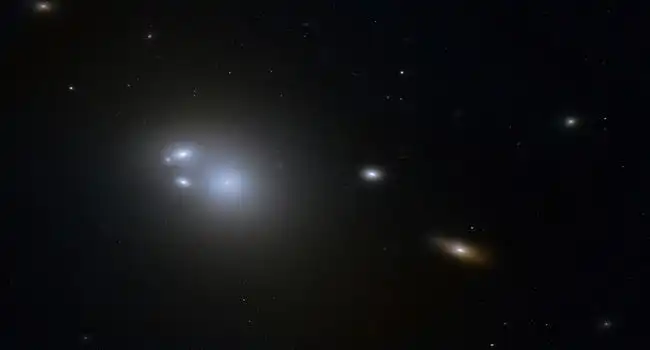
Photo Credit: Wikimedia
The supermassive black hole NGC 6166 is one of the largest black holes known. It is located in the galaxy cluster called Abell 2199, located in the constellation of Hercules. The mass of this giant black hole is estimated to be around 30 billion solar masses. It has an enormous gravitational pull, which attracts surrounding gas and dust to it, forming a disk of material around it. This disk is what gives the black hole its characteristic bright glow. The black hole is constantly consuming material from its surroundings, releasing tremendous amounts of energy in the process. This energy is what creates the bright light we can observe from Earth. The black hole also emits high-energy X-rays and radio waves, making it a powerful source of radiation in the universe.
9- H1821+643
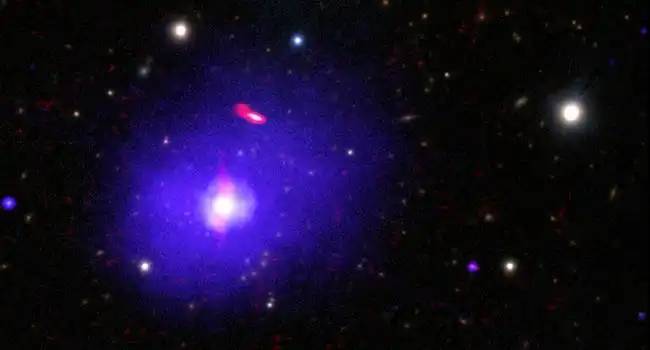
H1821+643 is an active supermassive black hole located in the center of a quasar in the constellation Draco. It is one of the largest black holes ever discovered, with a mass estimated to be 40 billion times that of the Sun. This black hole is particularly active, and its accretion disk is thought to be the source of the quasar’s intense radiation. Its jets, which emit a powerful X-ray beam, are believed to be responsible for the quasar’s extreme luminosity. H1821+643 is also surrounded by a dense molecular cloud, which is believed to be feeding the black hole. In addition, the black hole is located in a region of intense star formation, contributing to its activity. Its extremely large mass and intense activity make H1821+643 one of the most unique and powerful supermassive black holes in the universe.
8- SDSS J102325.31+514251.0
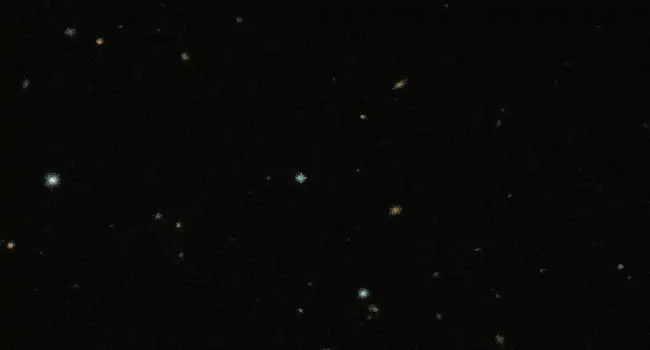
Photo Credit: Wikimedia
The University of Chicago initiated a space research project in 2000, with the goal of surveying a quarter of the visible sky. Through this ambitious project, they made a remarkable discovery: one of the largest black holes ever recorded. This black hole is a mysterious and enigmatic cosmic object, and the research team is still in the process of uncovering its secrets. Their findings will no doubt offer valuable insights into the structure and evolution of our universe.
7- SMSS J215728.21-360215.1
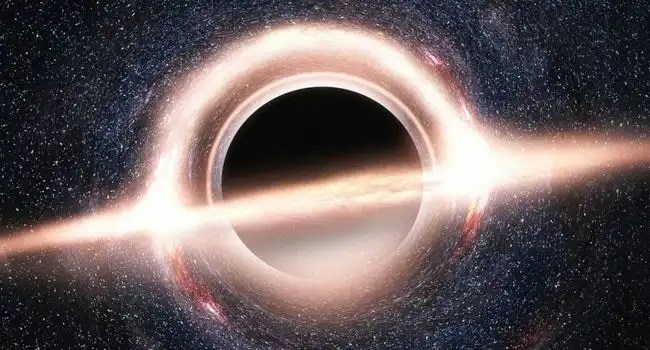
Photo Credit: Voonze
In May 2018, researchers at Australian National University’s Siding Spring Observatory discovered J2157-3602, with the SkyMapper telescope. One of the fastest-growing black holes and the most powerful quasars known to exist. Located at a redshift of 4.75, this quasar has an intrinsic bolometric luminosity of 6.95×1014 L☉ (2.66×1041 W) and an absolute magnitude of -32.36. July 2020 saw the publication of a study in the Monthly Notices of the Royal Astronomical Society, which reported J2157-3602’s black hole to have a mass of 34 billion solar masses.
6- S5 0014+81
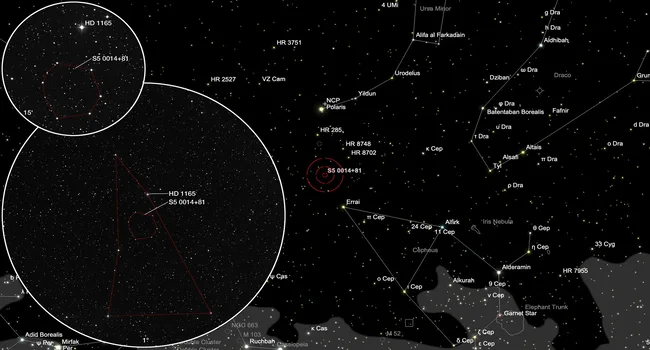
Photo Credit: Deep Sky Corner
Astronomers using the Swift spacecraft measured the luminosity of S5 0014+81 in 200. This supermassive black hole is located some 12.1 billion light-years away from Earth. Its black hole has a mass of 40 billion solar masses, making it one of the most massive black holes ever discovered. This “ultramassive” black hole has a Schwarzschild radius of 120 billion kilometers, giving it a diameter of 240 billion kilometers, 1,600 astronomical units, or about 40 times the radius of Pluto’s orbit. Its mass is equivalent to four Large Magellanic Clouds. The fact that such a large black hole existed only 1.6 billion years after the Big Bang suggests supermassive black holes can form quickly. Evolution models predict this black hole will live for roughly 1.3×1099 years before dissipating via Hawking radiation.
5- IC 1101
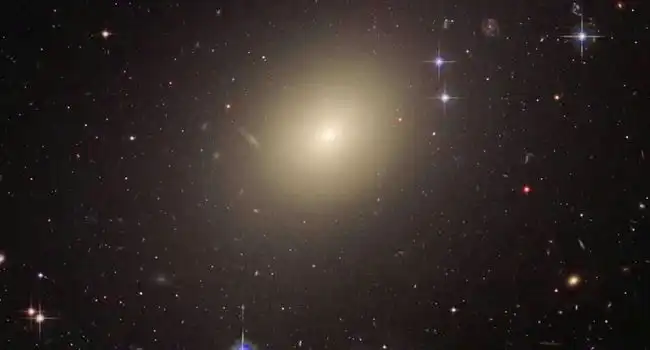
Photo Credit: Futurism
IC 1101 is the largest black hole known to us. It is in the center of the Abell 2029 galaxy cluster. It is estimated to have a mass of 50 billion solar masses. Its diameter is 5.5 million light-years across. It is one of the most massive objects in the observable universe. Its gravitational pull is so extreme that it has an immense impact on the entire galaxy.
IC 1101 is so powerful that it can easily trap stars and gas from its surroundings. It also has a powerful jet of matter and energy streaming from it. This jet is estimated to be at least four million light-years long. The jet is so powerful that it is visible even from Earth. IC 1101 is one of the largest black holes known to us. And its power and influence are immense. It is a testament to the power of the cosmos and the vastness of the universe.
4- Holmberg 15A
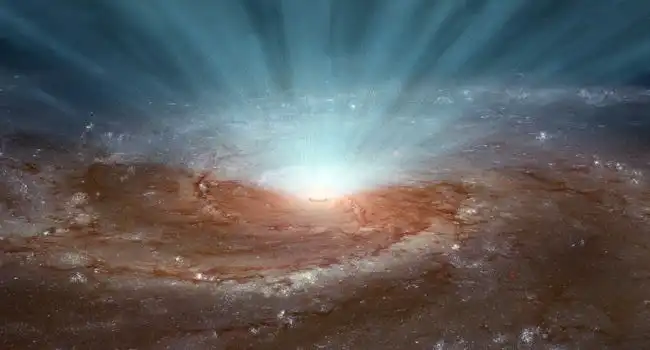
Photo Credit: Sci News
The Max Planck Institute for extraterrestrial Physics’ team of astronomers in Germany discovered one of the biggest black holes ever, located approximately 700 million light-years away in the Holmberg 15A galaxy. This black hole is so large that it can fit our entire solar system inside it multiple times, larger than a typical supermassive black hole, thus earning it the title of an “ultramassive” black hole. The Holmberg 15A is known to have an active nucleus, which is believed to be the source of its impressive output of X-ray radiation.
3- 4C +74.13
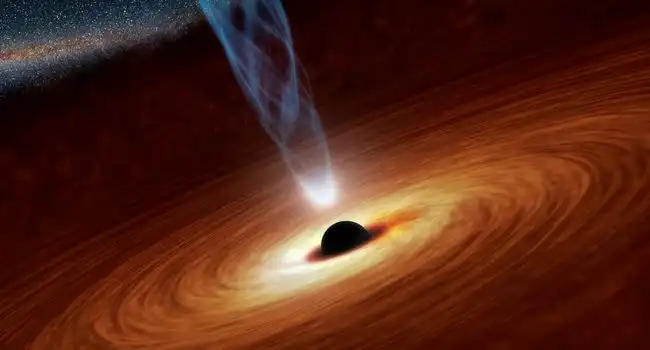
Photo Credit: Hero Magazine
Black holes are objects in space with such strong gravitational pull that even light cannot escape them. 4C +74.13 is one of the largest ever discovered, located in the Ophiuchus galaxy cluster nearly 400 million light years away. It has a mass of 40 billion times that of our Sun. Its powerful X-ray emissions can be seen from Earth and has been observed over multiple years. Its immense size means it is consuming nearby stars and gas clouds at an astonishing rate.
Scientists have used data from the Chandra X-ray Observatory to deduce that a powerful eruption has been occurring for the last 100 million years at the heart of the galaxy cluster. Releasing energy is equivalent to hundreds of millions of gamma-ray bursts. This energy budget of more than 1055 J is seen in the form of two cavities on either side of a large central galaxy. If this outburst was caused by a black hole accretion event, it must have consumed nearly 600 million solar masses.
2- TON 618
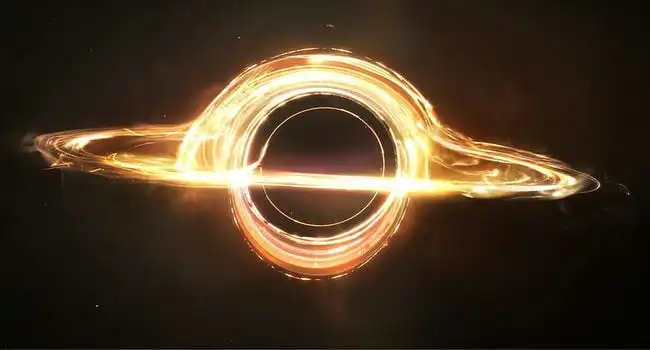
The black hole known as TON 618 is one of the biggest known black hole in the universe. It is an extremely massive and dense object located in the center of a distant galaxy. Its mass is estimated to be 66 billion times that of the Sun, making it one of the most massive black holes known. TON 618 is estimated to be 10.8 billion years old and shines with an absolute magnitude of -30.7 and a luminosity of 4×1040 watts. This makes it one of the brightest objects in the Universe, outshining the surrounding galaxy with a brilliance 140 trillion times that of the Sun. This incredible light is believed to originate from the supermassive black hole at the center of the galaxy, feeding on intensely hot gas and matter in an accretion disc.
1- Phoenix A
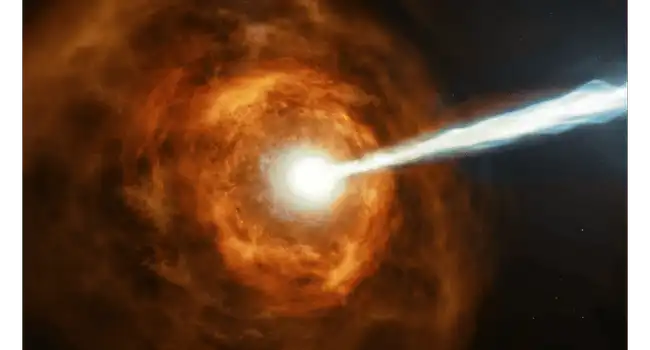
Photo Credit: Hubble Site
The Phoenix A black hole is the largest known black hole in the universe. It has a mass of 40 billion times that of the sun, making it one of the most massive stellar objects ever discovered. The Phoenix A black hole is located in the Phoenix Cluster, a cluster of galaxies located some 5.7 billion light years away from Earth. Its immense gravitational pull attracts stars, dust, and gas from its surroundings, giving it a unique structure.
Its size and mass make it one of the most powerful sources of gravitational waves in the universe, and a favored target for scientists studying the structure of the universe. The team linked the energy conversion parameter to the behavior of the hot intracluster gas, AGN feedback parameter, dynamics, and density profiles of Phoenix A to create evolutionary modeling that illustrated how the central black hole could have grown. Research showed that Phoenix A had far more extreme characteristics, nearly reaching the theoretical limits of adiabatic models.








